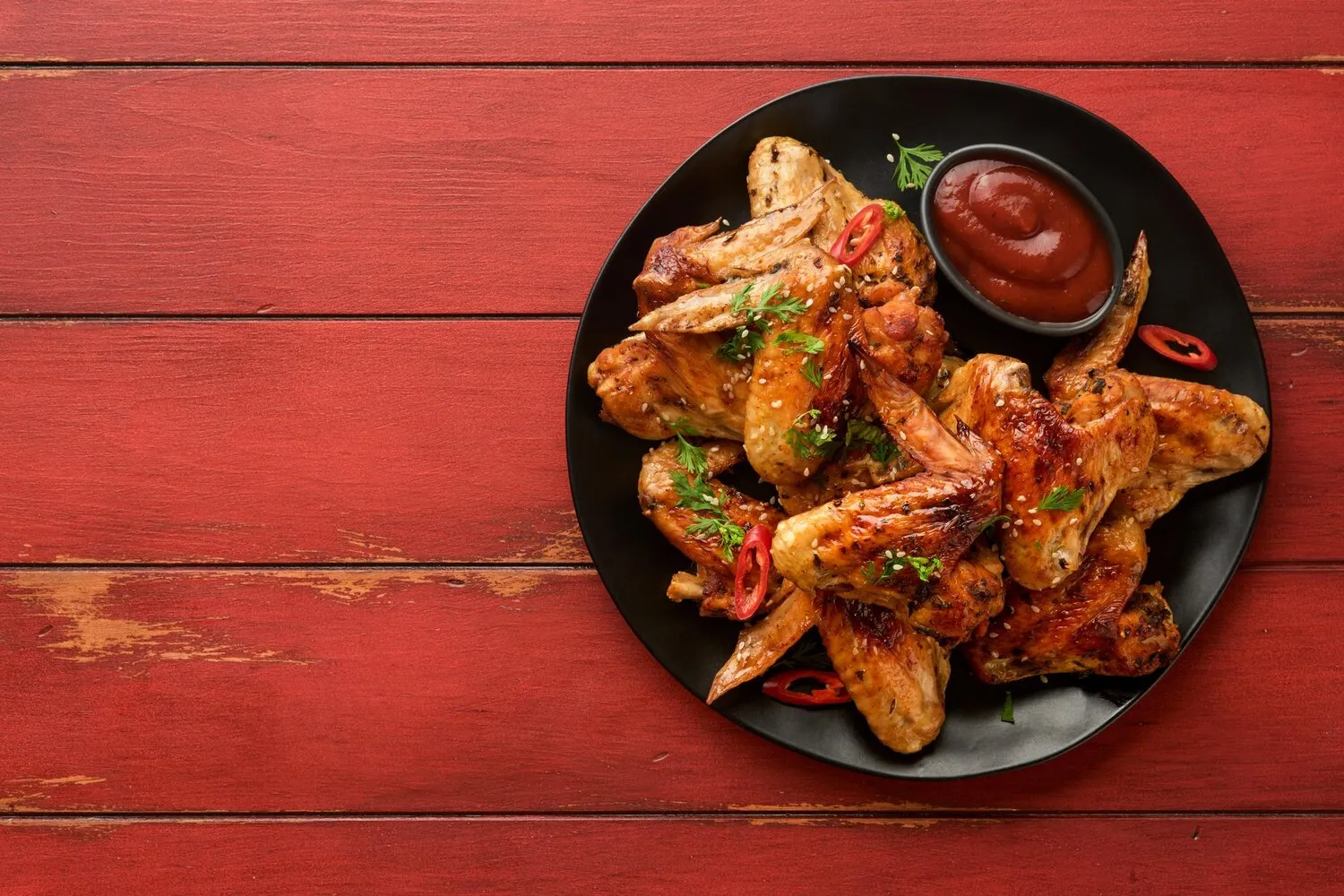
Irish Stew
A hearty stew made with lamb or mutton and vegetables.
Nutrition Facts
* The % Daily Value (DV) tells you how much a nutrient in a serving of food contributes to a daily diet. 2,000 calories a day is used for general nutrition advice.
Irish Stew's origins are humble, arising from the need for resourcefulness and utilizing readily available ingredients. Historically, it was a peasant dish made with mutton (older sheep), root vegetables, and whatever else was on hand. Its simplicity reflects the resource limitations of the past.
Irish Stew is deeply embedded in Irish culinary culture, representing hospitality, simplicity, and the importance of family meals. It's a dish often associated with warmth, comfort, and a sense of home.
Family Tradition
Irish Stew is often passed down through generations, with each family having their own unique twist on the classic recipe. It is commonly served during family gatherings, especially during colder months.
Pub Fare Staple
Irish Stew is a common offering in pubs throughout Ireland, providing a hearty and filling meal alongside a pint of Guinness. It’s considered quintessential pub food.
Symbol of Irish Identity
The dish has become synonymous with Irish cuisine and is often featured in celebrations of Irish culture, both at home and abroad. It represents the resourcefulness and simplicity associated with Irish history.
Irish Stew boasts a savory and comforting flavor profile, driven by the natural sweetness of slowly cooked root vegetables and the rich, gamey taste of lamb or mutton.
The primary flavor components are the earthy sweetness of potatoes and carrots, the pungent aroma of onions, and the savory depth of lamb. The long, slow braising process allows these flavors to meld, creating a rich and deeply satisfying broth. Some variations include herbs like thyme and bay leaf for added complexity. Historically, seasoning was minimal, relying on the quality of the ingredients themselves. Modern versions might incorporate Worcestershire sauce or Guinness for added depth.
Use Lamb Shanks
Lamb shanks offer a rich, gelatinous texture to the stew, contributing significantly to its depth of flavor and overall mouthfeel. They become incredibly tender during the long cooking process.
Don't Brown the Meat Too Much
While browning the meat adds flavor, over-browning can result in a bitter taste. Aim for a light sear to enhance the flavor without sacrificing the overall sweetness of the stew.
Slow and Low Cooking
The key to a truly great Irish Stew is slow, low cooking. This allows the meat to become incredibly tender and the flavors to meld together beautifully. Use a Dutch oven or slow cooker for optimal results.
Day Old Stew is Better
The flavors continue to meld and deepen overnight. Making the stew a day ahead and reheating it allows for a richer, more complex flavor profile.
Explore additional Pub Fare dishes and restaurants
Explore Pub FareDiscover top dining spots and culinary experiences in Jackson.
Explore JacksonLearn more about the food culture, restaurant scene, and culinary heritage of United States.
Explore United States
